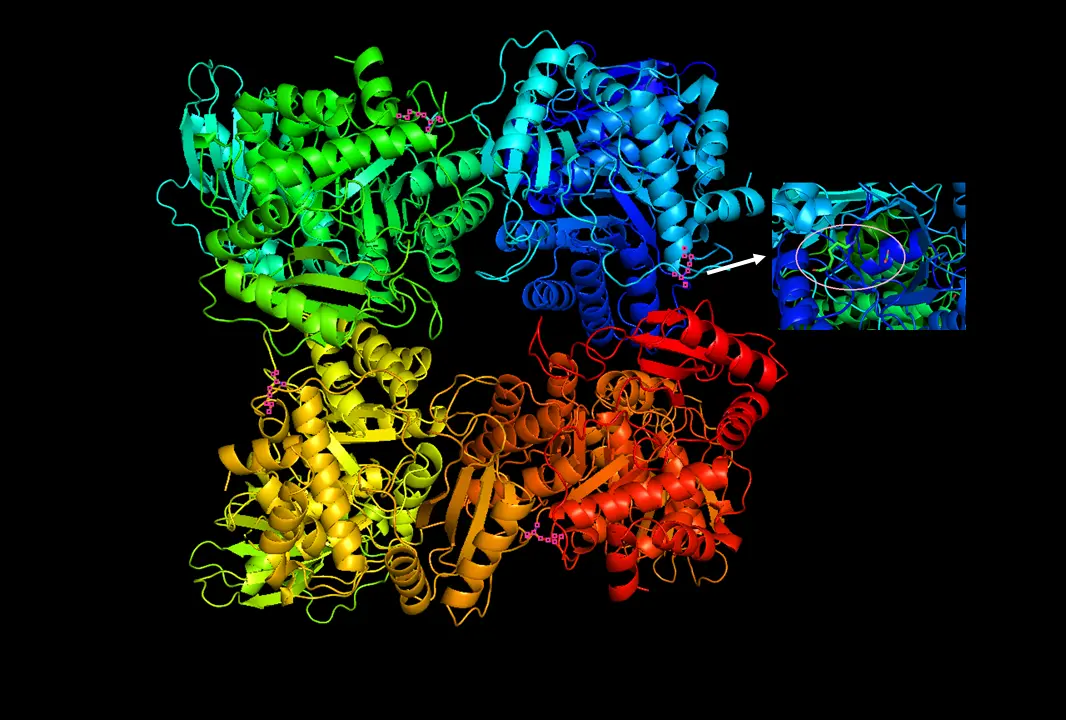Greenland has melted before, and as the climate warms, it will melt again — this time leading to what scientists warn could be 20 to 25 feet of sea-level rise.
During one of the warm periods within the last 1.1 million years, the center, not just the edges, of Greenland’s massive ice sheet melted away, new research has found, giving way to a dry and barren “tundra landscape” that was home to various insects and plant life. The findings were shared in a new paper published today in the Proceedings of the National Academy of Sciences.
When the ice sheet initially melted, there were lower levels of greenhouse gasses in the atmosphere than there are today. Now with more carbon dioxide in the atmosphere, scientists say Greenland’s ice sheet is more susceptible to melting than previously thought.
giving way to a dry and barren “tundra landscape” that was home to various insects and plant life.
:)

CBS News - News Source Context (Click to view Full Report)
Information for CBS News:
MBFC: Left-Center - Credibility: High - Factual Reporting: High - United States of America
Wikipedia about this sourceSearch topics on Ground.News
https://www.cbsnews.com/news/greenland-ice-sheet-fossils-sea-level-rise/




